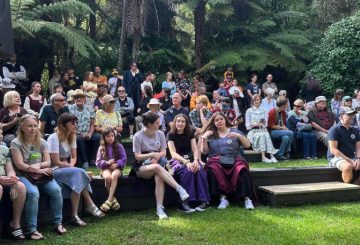포리루아 주민들은 유리병과 항아리가 새 용기로 바뀔 것을 알고 재활용하곤 했습니다.하지만 요즘에는 이 유리잔을 현지 매립지에서 대신 사용하고 있습니다.유리는 분쇄되어 매립지의 도로 및 배수 공사에 사용됩니다.이러한 변화는 시에서 선별 기계를 구입할 여유가 없어 도로변에서 유색 유리를 분류하는 데 비용이 많이 들었기 때문입니다.
포리루아 시의회의 인프라 담당 총괄 관리자인 마이크 메돈카 (Mike Medonca) 는 이전 공급업체와의 계약이 종료되었기 때문에 이러한 변화가 발생했다고 설명했습니다.과거에는 수거된 유리잔을 오클랜드로 보내 그곳에서 분류하여 유리병과 병에 재활용했습니다.하지만 계약이 종료되자 이 옵션은 더 이상 제공되지 않았다.
의회는 이제 유리 재활용을 위해 더 작은 상자를 사용하고 재활용 작업자가 재활용 트럭의 여러 구역으로 유리를 색상별로 분류하도록 할 것을 제안하고 있습니다.하지만 이 방법은 비용이 더 많이 들 것입니다.
평의회는 4월 25일까지 장기 계획의 일환으로 이 제안에 대한 여론을 모색하고 있습니다.
이전에 오클랜드에서는 재활용 유리의 가치가 높아 색유리를 분류하는 것이 재정적으로 가능했다.하지만 재활용 유리의 가치가 떨어지면서 분류되지 않은 유리를 운송하는 것은 비경제적입니다.
상담 및 설정에 시간이 필요하기 때문에 재활용 프로세스의 이러한 변경을 구현하는 데 최대 5년이 걸릴 수 있습니다.그때까지 포리루아 주민들은 잔을 스파이서 매립지 시설로 가져가 직접 분류할 수 있습니다.시의회는 계속해서 유리를 수거하여 현지에서 용도를 변경할 것입니다.





























































